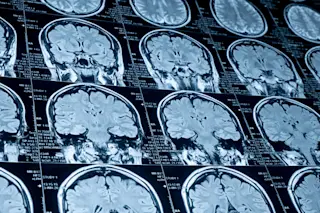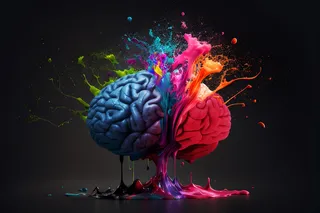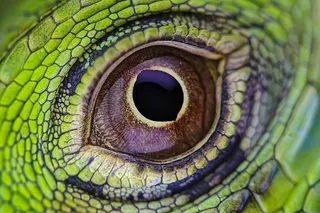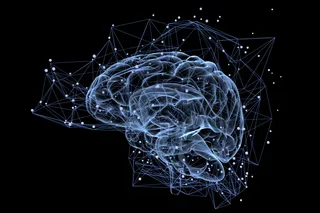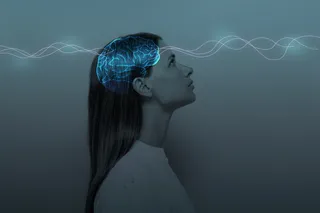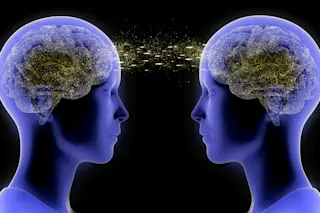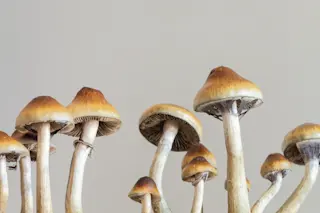Movement is much more complicated than you might think. Any one activity, whether it's opening your mouth to speak or running a marathon, involves complicated interactions in our brains. This complexity means that there’s still much about movement that scientists struggle to understand.
Recent research in Nature moves science a step forward. Researchers found the specific areas in the brain where the urge to act is activated and suppressed, illuminating the way that we move and the way that certain movement disorders come about.
The research took its inspiration from Parkinson's and Huntington's Diseases. Though these two disorders both come from impairment in the function of the basal ganglia – an area of the brain involved in the coordination of activity – patients develop distinct symptoms. While people with Parkinson’s struggle to initiate intentional movements, people with Huntington's struggle to subdue involuntary movements, such as twitches and tremors.
Previous studies ...



